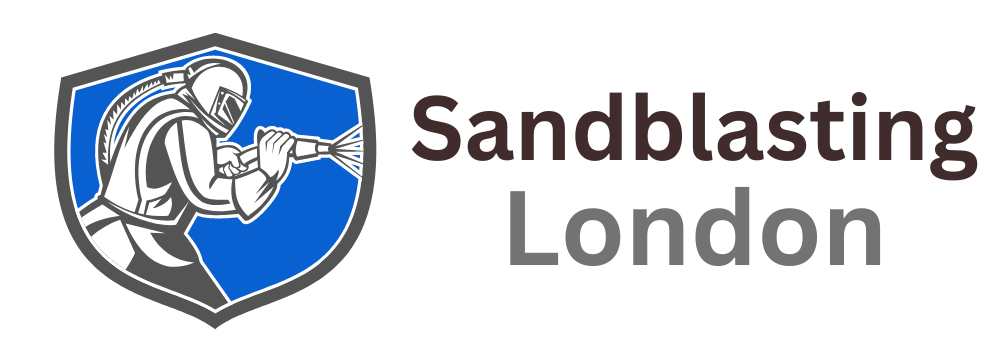Sandblasting Shift: Exploring Alternative Abrasive Materials
Sandblasting has long been a critical technique in various industries, from construction to automotive restoration. Traditionally, sand has been the primary abrasive material used in this process. However, recent advancements and environmental concerns have led to a shift towards alternative abrasive materials. This blog post will explore the reasons behind this shift, the benefits of alternative abrasives, and the future of sandblasting.
The History of Sandblasting
Sandblasting, also known as abrasive blasting, originated in the late 19th century. The technique involves propelling fine grains of sand at high velocity to clean or etch surfaces. Initially, sand was the go-to material due to its abundance and effectiveness in removing rust, paint, and other contaminants. However, the industry soon realised that using sand had significant drawbacks, primarily health risks and environmental concerns.
Health and Environmental Concerns with Traditional Sand
Health Risks
One of the most significant issues with traditional sandblasting is the health risk it poses to workers. When sand is used as an abrasive, it generates silica dust. Inhalation of this dust can lead to severe respiratory diseases, including silicosis, lung cancer, and chronic obstructive pulmonary disease (COPD). The dangers of silica exposure have led to stringent regulations and the need for safer alternatives.
Environmental Impact
Beyond health concerns, traditional sandblasting also poses environmental challenges. The process generates a considerable amount of dust, which can contaminate surrounding areas and ecosystems. Additionally, the disposal of used sandblasting material can be problematic, as it often contains toxic substances removed from the blasted surfaces.
The Rise of Alternative Abrasive Materials
Steel Grit and Shot
Steel grit and shot have become popular alternatives to sand. These materials are highly effective in cleaning and surface preparation, offering a more aggressive blast and longer lifespan than sand. Moreover, steel abrasives can be recycled multiple times, reducing waste and costs.
Glass Beads
Glass beads are another widely used alternative. They provide a smooth, bright finish, making them ideal for applications where aesthetics are important. Glass beads are also non-toxic and can be recycled, minimising environmental impact.
Aluminium Oxide
Aluminium oxide is known for its hardness and strength. It is suitable for a variety of applications, from removing tough coatings to preparing surfaces for painting. Aluminium oxide is also reusable and generates less dust than traditional sand, enhancing worker safety and environmental protection.
Garnet
Garnet is a naturally occurring mineral that offers excellent cutting power and durability. It is free from toxic substances and can be recycled multiple times. Garnet's sharp edges make it highly effective for surface preparation, ensuring a clean and smooth finish.
Walnut Shells and Corn Cob
For more delicate applications, organic materials like walnut shells and corn cob are used. These abrasives are biodegradable and gentle on surfaces, making them ideal for cleaning and polishing delicate items without causing damage.
Benefits of Alternative Abrasive Materials
Improved Safety
Switching to alternative abrasive materials significantly reduces health risks for workers. Non-silica-based abrasives do not produce harmful dust, creating a safer working environment and complying with occupational health regulations.
Environmental Sustainability
Alternative abrasives often have a lower environmental impact. Many of these materials are recyclable, reducing waste and the need for disposal. Organic abrasives like walnut shells and corn cob are biodegradable, further enhancing sustainability.
Cost-Effectiveness
While some alternative abrasives may have a higher initial cost, their recyclability and longevity can lead to cost savings in the long run. Companies can reuse materials multiple times, decreasing the need for constant replacement and reducing overall operational costs.
Enhanced Performance
Alternative abrasives offer superior performance in many applications. They provide better surface finishes, higher efficiency, and reduced downtime due to their durability and effectiveness. This improved performance translates to higher-quality results and increased productivity.
The Future of Sandblasting
As industries prioritise health, safety, and environmental sustainability, shifting away from traditional sand in abrasive sandblasting is expected to accelerate. Research and development in abrasive materials are likely to yield even more innovative solutions, further enhancing the benefits of alternative abrasives.
The transition from traditional sand to alternative abrasive materials in sandblasting marks a significant advancement in the industry. By addressing health risks, environmental concerns, and performance inefficiencies, these alternatives provide a safer, more sustainable, and cost-effective solution. As the industry evolves, embracing these new materials will be crucial for companies looking to stay ahead.
At Sandblasting London, we are committed to using the latest and safest abrasive materials to ensure the highest quality results for our clients. Our dedication to innovation and sustainability makes us the premier choice for all your sandblasting needs. Trust us to deliver exceptional service with a focus on safety and environmental responsibility.
Check out our latest GBP update about the exploration of alternative abrasive materials used in
sandblasting.
Service Areas
Give us a call today!
